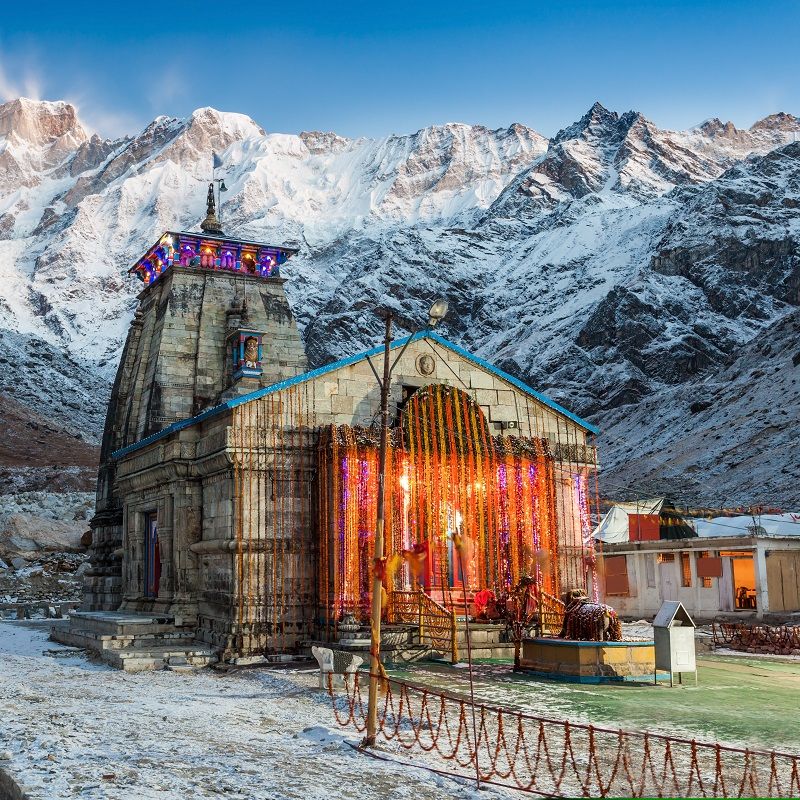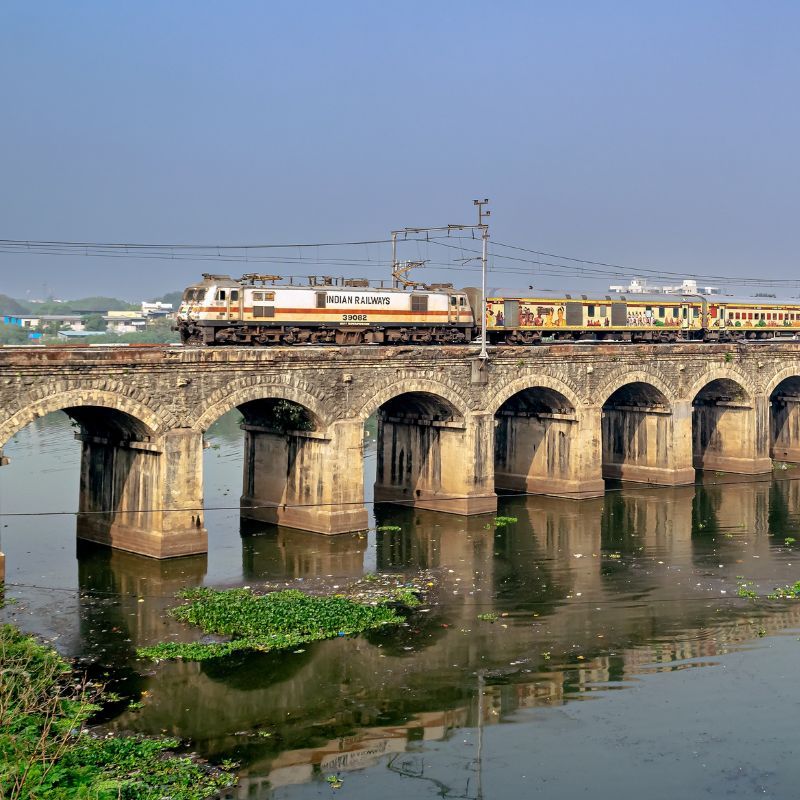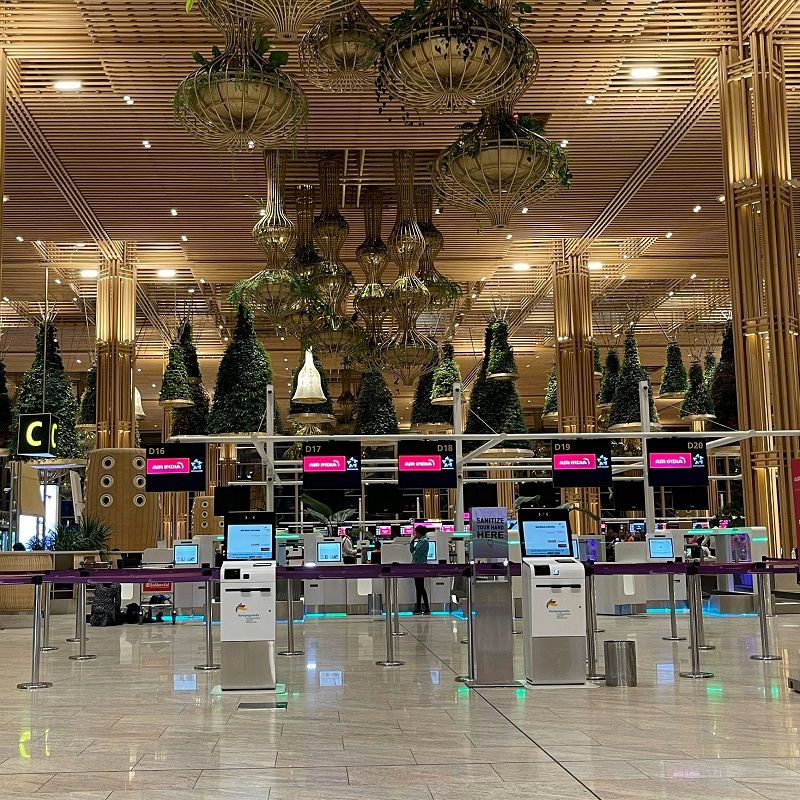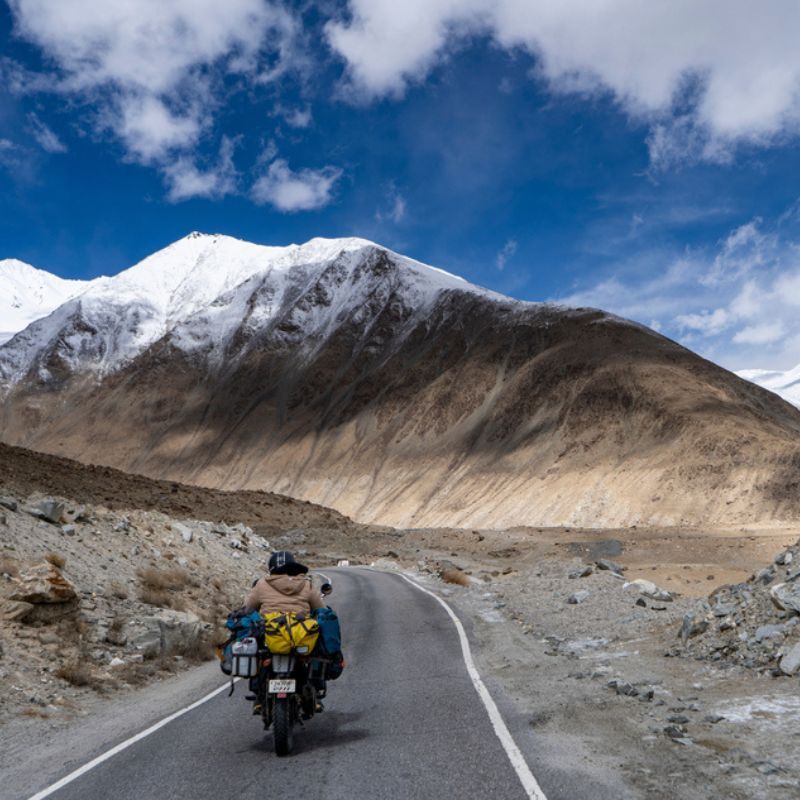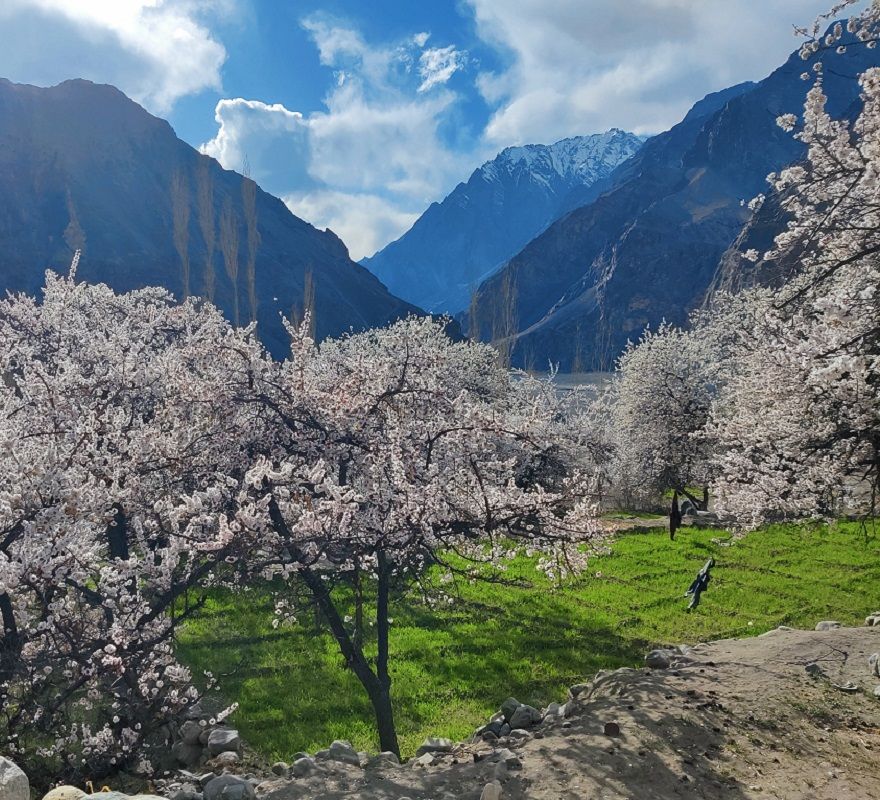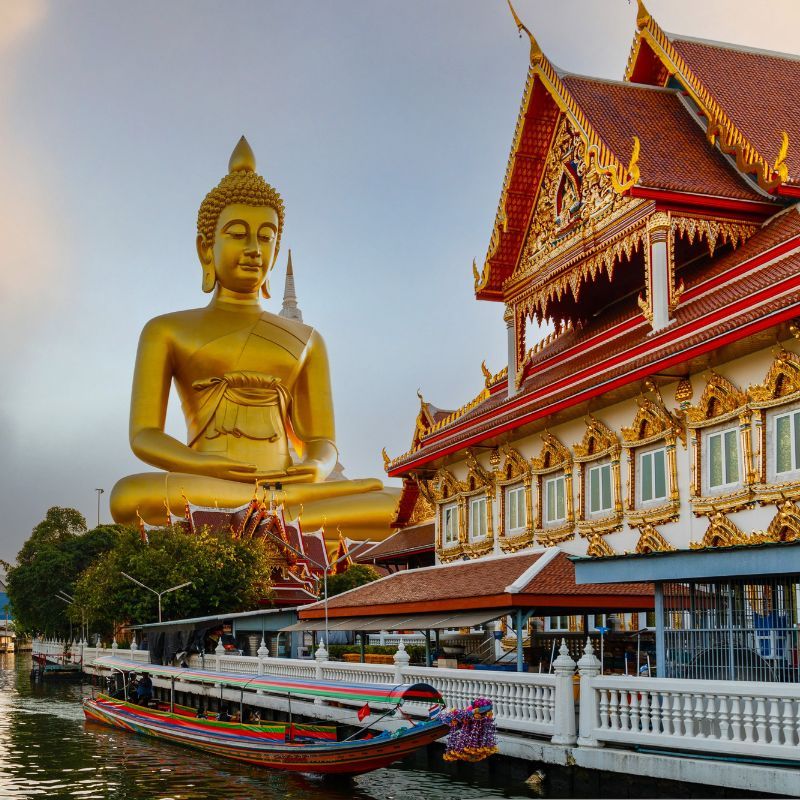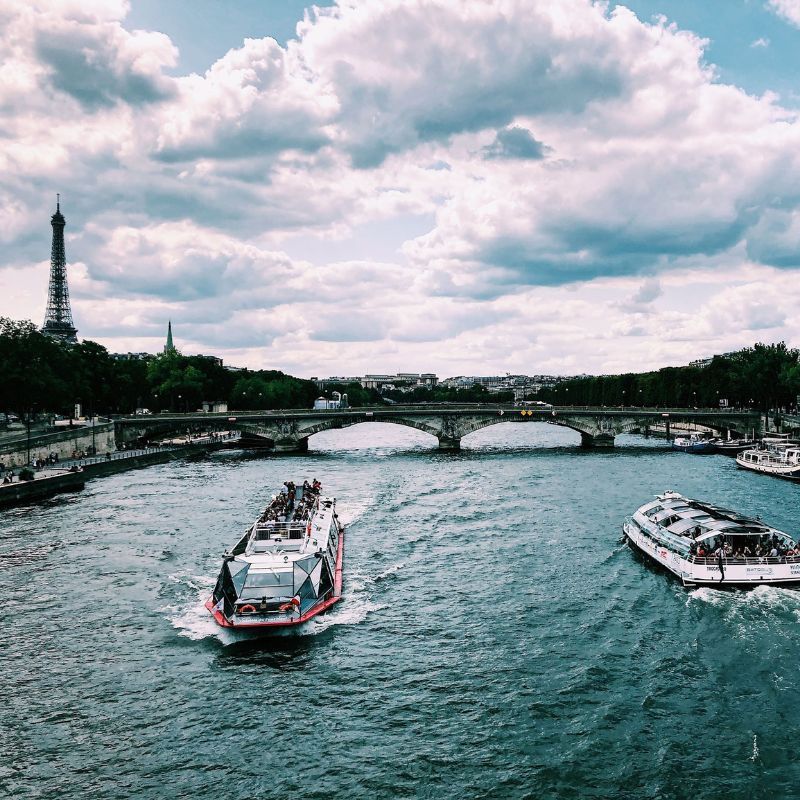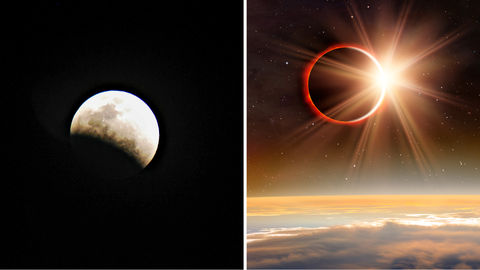
Editor’s note: The global COVID-19 crisis has left each one of us deeply affected and we want to help. Burda Media India has organised a fundraising campaign to #FightBackWithTesting and donating RT-PCR test kits to the worst-affected areas in India, which will be secured from our testing partner Mylab Discovery Solutions. You can help these kits reach many more by donating for the cause or by adopting a kit. Click here to join the fight.
For all the troubles this year has seen, it has been truly spectacular on one account–the phenomenal astronomical events ranging from the super moon to meteor showers. Adding another cosmic splendour to its list, June will see both a lunar as well as a solar eclipse. By Manya Saini
Astronomy buffs and stargazers gear up! The next month is all set to take your breath away with a lunar eclipse on June 5 and solar eclipse on June 21, 2020. The Penumbral lunar eclipse will begin on 11:15 pm and will last for approximately three hours and 18 minutes. While the solar eclipse with its famed, ‘ring of fire’ will be at its peak on 12:10 pm.
View this post on Instagram
The former occurs when the Earth gets in the way of sun’s rays hitting the moon when all three celestial bodies are closely aligned. The latter is the result of the moon moving over the sun and casting its shadow over Earth. The characteristic darkness of the solar eclipse is caused by sunlight being blocked by the moon.
The penumbral lunar eclipses are normally hard to distinguish from a standard full moon, but if you are in Asia, Australia, Europe, and Africa, there is a higher chance of seeing the moon turn darker through the maximum phase of the eclipse. It is also safe to view a lunar eclipse with bare eyes. If the weather remains clear, then these places will be able to see the entire event uninterrupted.
On the other hand, the mesmerising sight of the annular solar eclipse will be viewed best from parts of Central African Republic, Congo, Ethiopia, Southern Pakistan, Northern India, and China.
View this post on Instagram
It is important to follow precautions while viewing a solar eclipse to ensure no damage is caused to the eyes. They should not be seen through the naked eyes, and by optical devices like binoculars and telescopes. There are many do-it-yourself alternatives to make devices like a pinhole projector which are easy to make with household objects.
Don’t miss the chance of watching this astronomical wonder unfold! See them, safely and securely from the comfort of your home.
Related: You Don’t Want To Miss These Celestial Events In 2020!



